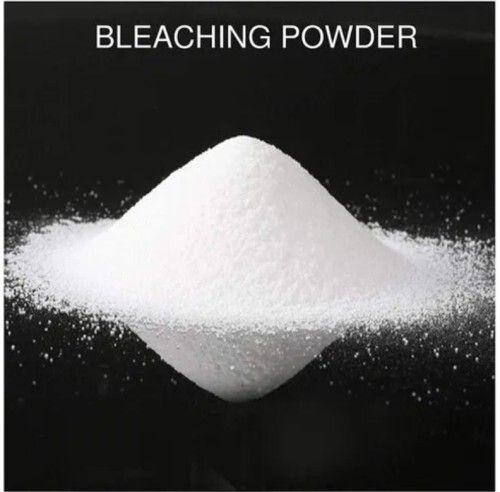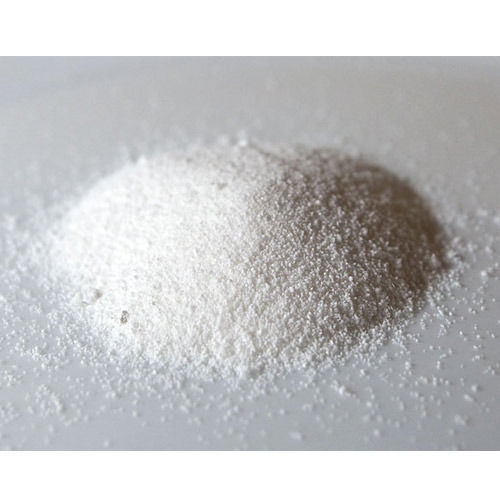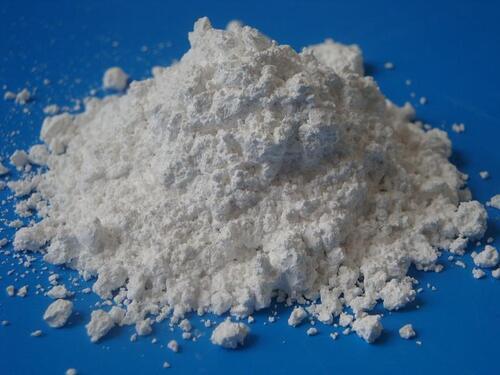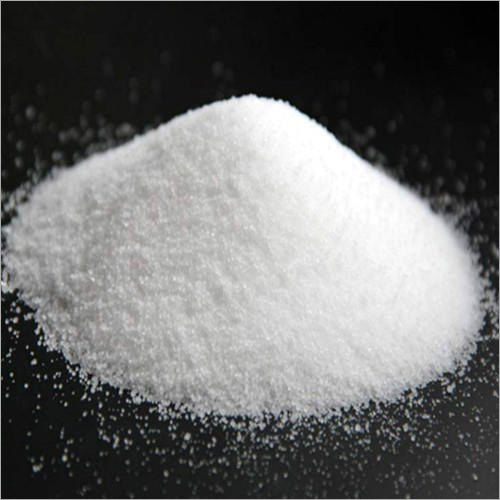Bleaching powder
Product Details:
- Product Type Bleaching powder
- Purity 99%
- Application Industrial
- Physical Form Powder
- Solubility Soluble in Water
- Storage Room Temperature
- Click to View more
Bleaching powder Price And Quantity
- 1000 Kilograms
- 30 INR/Kilograms
Bleaching powder Product Specifications
- 99%
- Bleaching powder
- Soluble in Water
- Industrial
- Powder
- Room Temperature
Bleaching powder Trade Information
- 10000 Kilograms Per Day
- 1 Week
- All India
Product Description
Here are some essential details regarding bleaching powder:
1. Bleaching Agent: Bleaching powder is most frequently used to bleach fabrics, paper, and other materials. It works well to remove undesirable pigments, colourants, and stains from fabrics and other surfaces.
2. Bleaching powder is used as a disinfectant and sanitizer because of its potent oxidising abilities. It is helpful for cleaning swimming pools, disinfecting surfaces, and treating contaminated water since it may kill bacteria, viruses, and other pathogens.
3. Bleaching powder is frequently used in water treatment procedures to purify drinking water and wastewater and disinfect it. It can efficiently eliminate dangerous bacteria and oxidise organic waste, rendering the water suitable for discharge or consumption.
4. Deodorizer: Bleaching powder can occasionally be used to neutralise and get rid of unpleasant odours. It can be used to eliminate odor-producing bacteria in places like trash cans, sewage systems, and public toilets.
5. Pool Maintenance: To keep proper disinfection levels and stop the growth of germs and algae, bleaching powder is used as a pool sanitizer in swimming pool maintenance. It contributes to maintaining the water's cleanliness and swimmer safety.
6. Chemical Reagent: Bleaching powder is used in the manufacturing of chloroform, chlorinated solvents, and chemical intermediates, among other industrial processes.
Bleaching powder should be handled carefully because it is a potent oxidizer and can irritate the skin and eyes. When using bleaching powder, appropriate safety precautions and recommendations should be followed, including donning the correct safety gear and making sure there is enough ventilation.
To guarantee safe and efficient use while using bleaching powder for certain applications, it is crucial to adhere to the suggested dosage and instructions offered by manufacturers, regulatory bodies, or experts.
FAQ
1. What is bleaching powder?
Ans - Calcium hypochlorite (Ca(ClO)2) is the chemical component of bleaching powder. It is frequently used to disinfect surfaces, whiten fabrics, and remove stubborn stains from clothing.
2. How should I apply bleaching powder?
Ans - Using hot water to dissolve bleaching powder, apply it to the affected region. Leave the mixture to soak for up to 30 minutes, depending on the stain, and then rinse with cold water.
3. Should I take any special safety measures before using bleaching powder?
Ans - It is crucial to use gloves and safety goggles when using bleaching powder because the chemical can seriously irritate the skin and eyes. Additionally, it's critical to use the powder in a well-ventilated environment and to refrain from inhaling the powder.
4. How long does bleaching powder have a shelf life?
Ans - The normal shelf life of bleaching powder is six months. It is crucial to preserve it in a dry, cool environment and to replace it frequently because it can lose its potency with time.
5. What should I do with bleaching powder?
Ans - Before properly disposing of spent bleaching powder, it is crucial to store it in a container that is well sealed. The ideal course of action is to inquire with your local waste management organisation about the securest technique to get rid of this merchandise in your region.

Price:
- 50
- 100
- 200
- 250
- 500
- 1000+








 English
English Spanish
Spanish French
French German
German Italian
Italian Chinese (Simplified)
Chinese (Simplified) Japanese
Japanese Korean
Korean Arabic
Arabic Portuguese
Portuguese